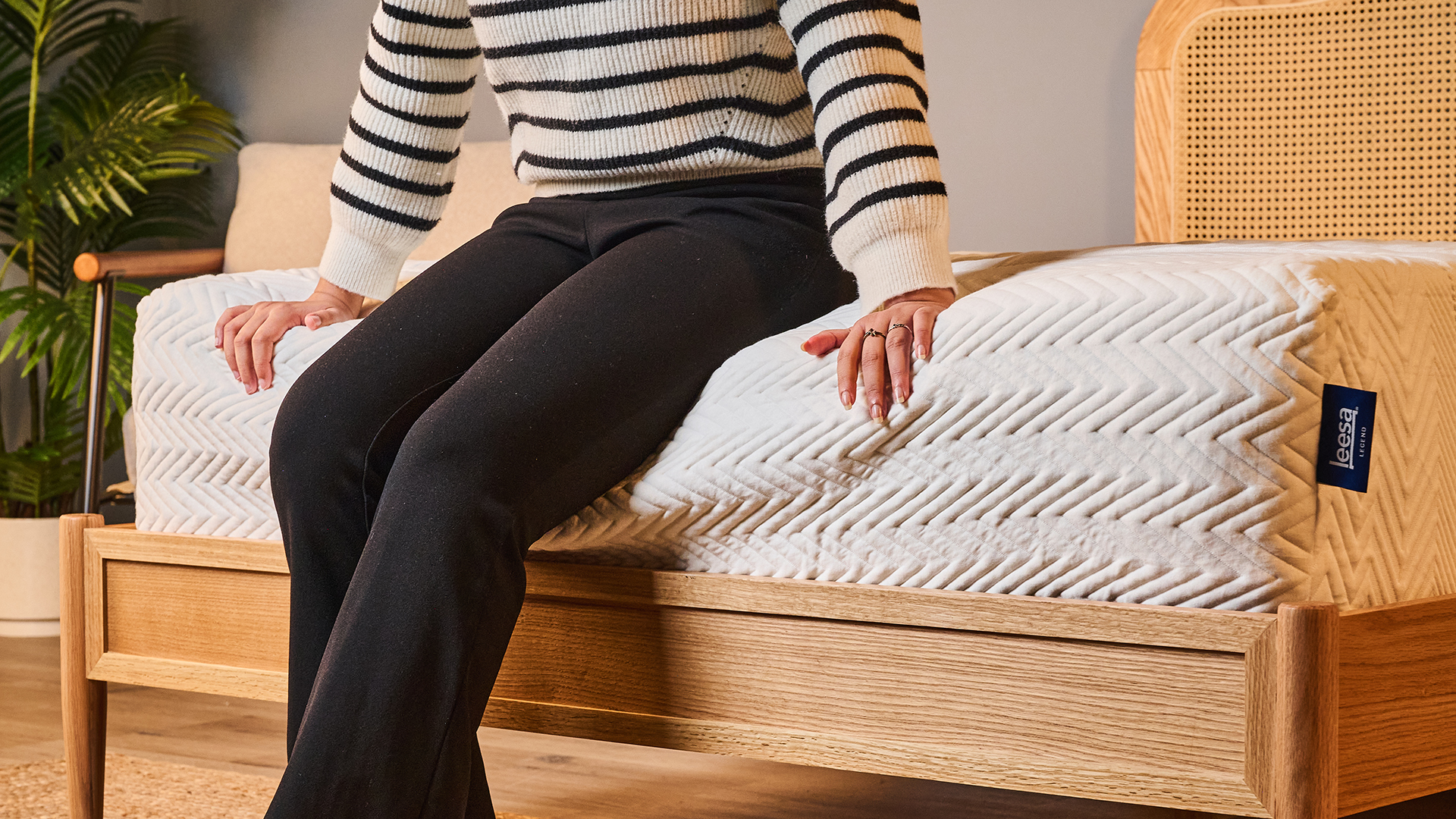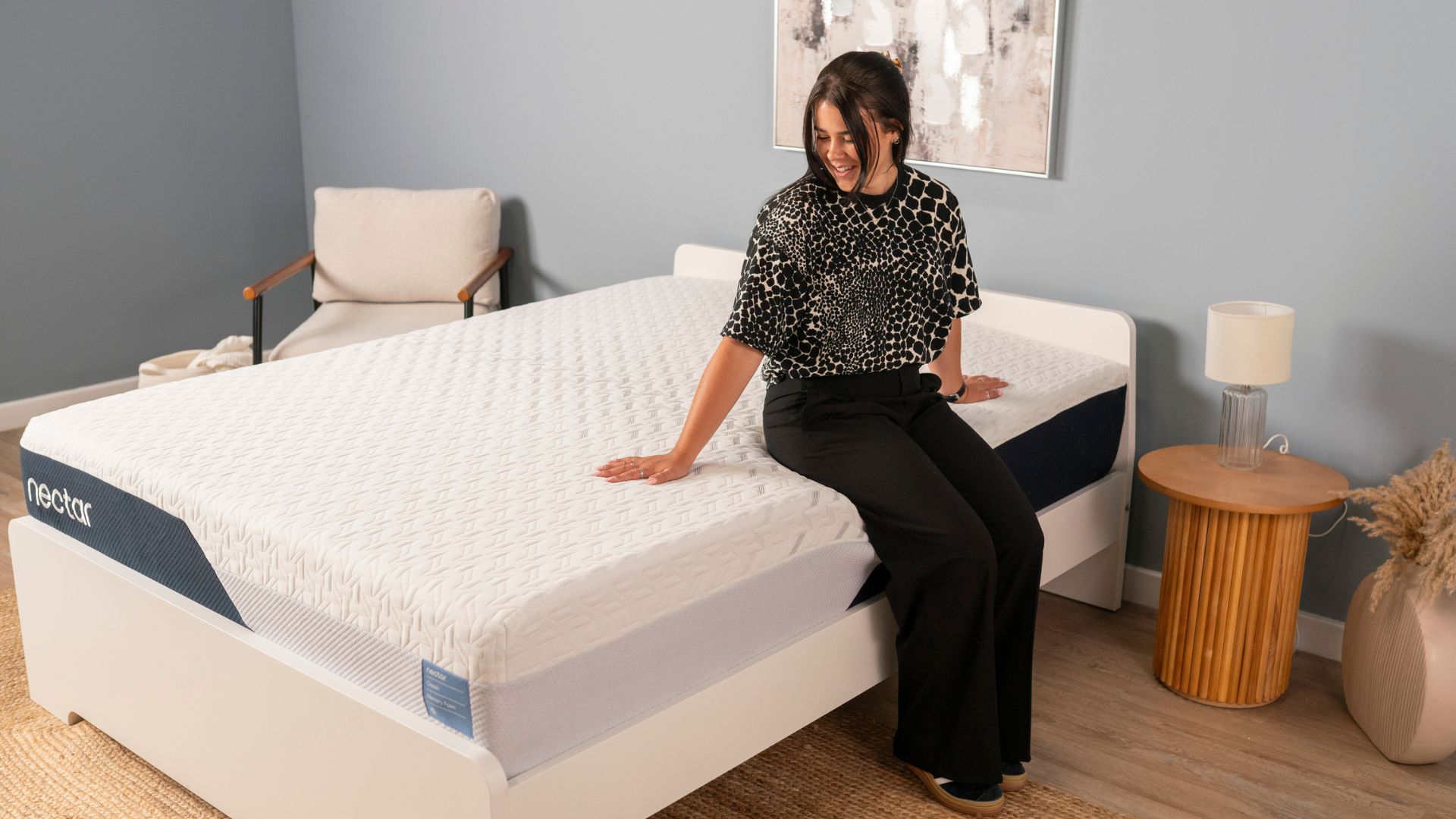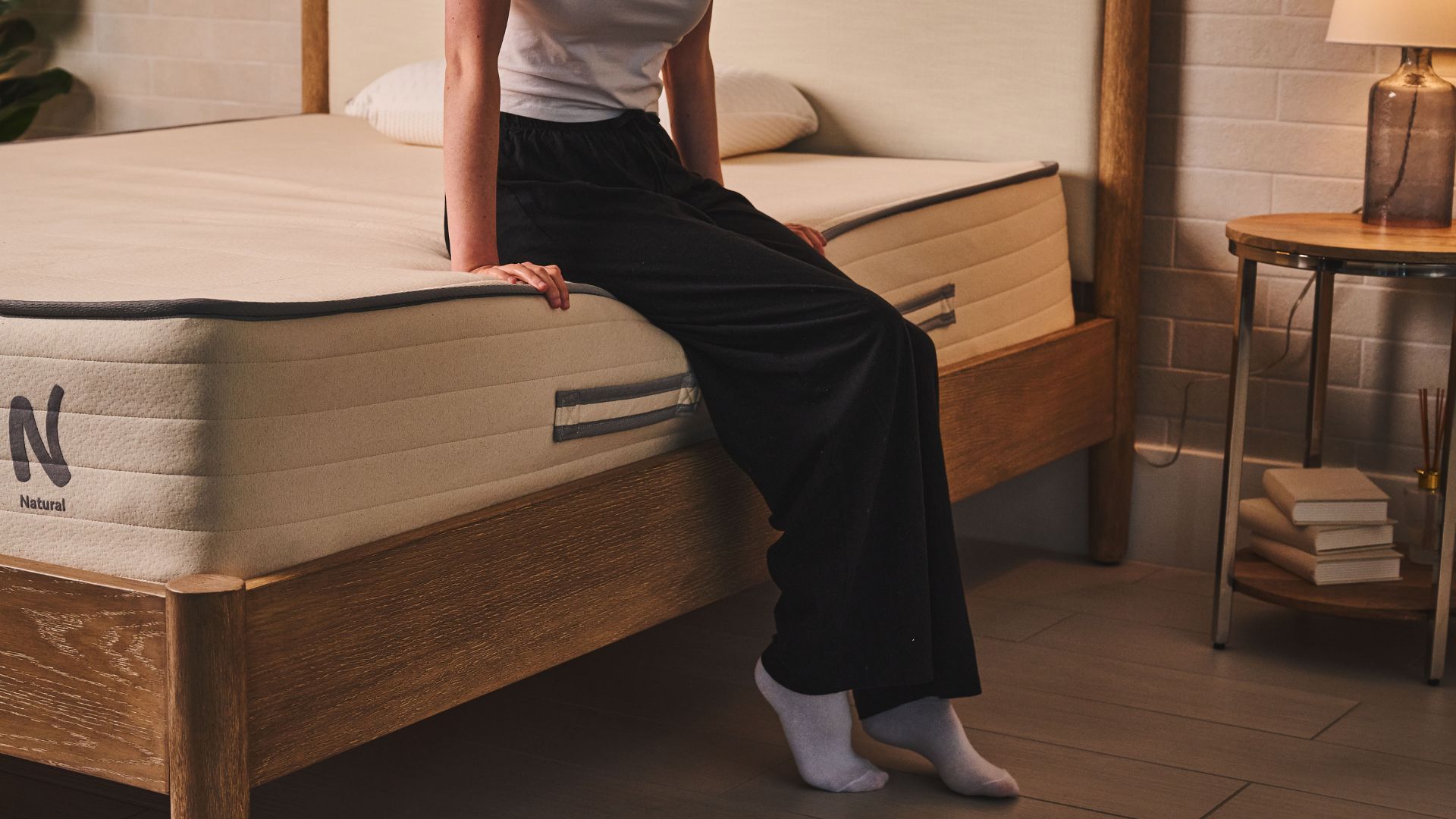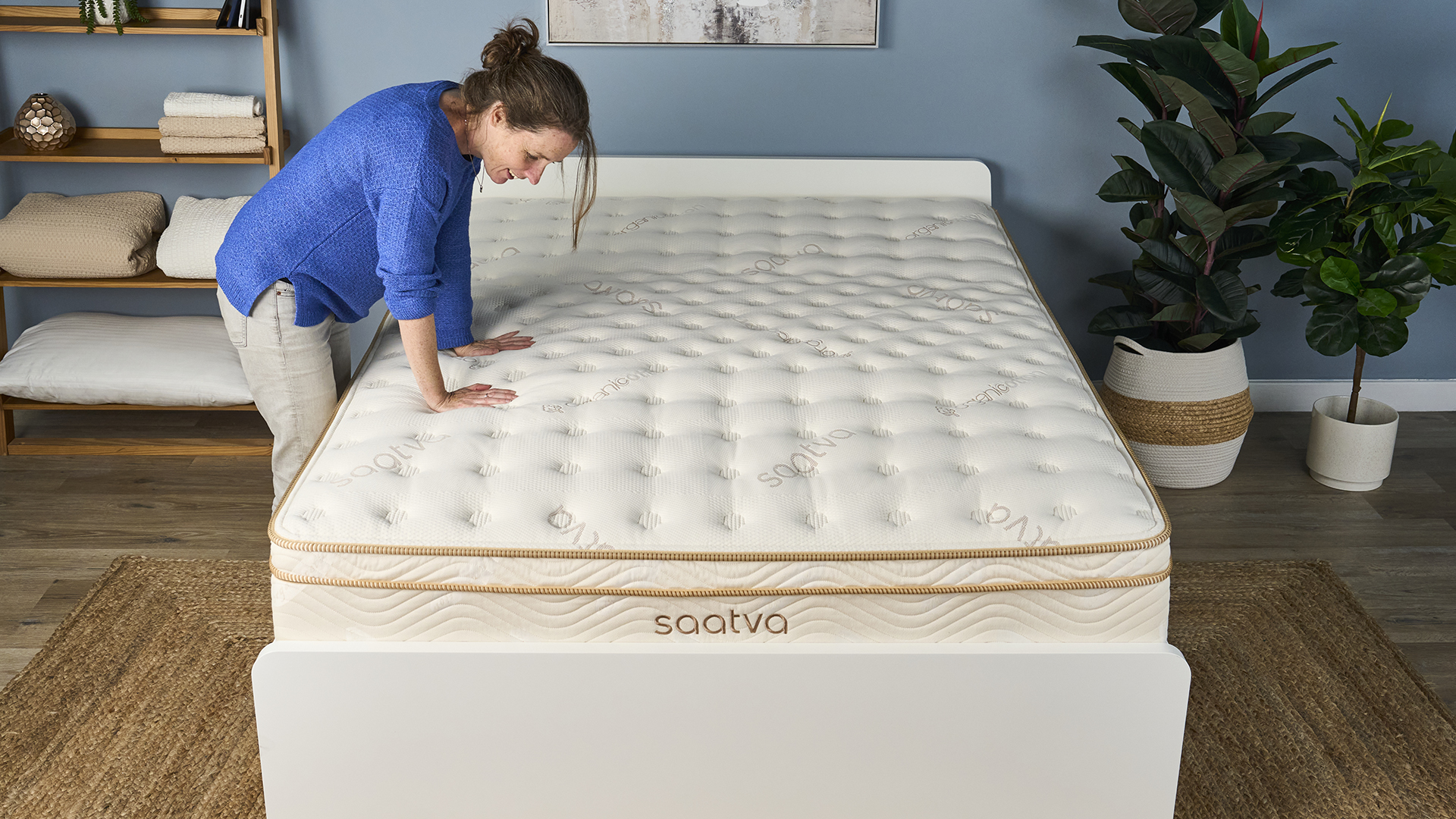How long does a mattress in a box last?
We explore how long a mattress in a box should last and how to increase your bed's lifespan

Mattresses in a box are hugely convenient (and comfy) but flattening and rolling a bed doesn't look like the best thing for mattress longevity. The good news is that once expanded a mattress in a box can last just as long as a traditional, unrolled mattress. So how long should a mattress in a box last?
We expect a good quality mattress to last for around six to 10 years, and the best mattresses of 2025 will keep you comfortable night after night (after nights.) The best mattresses in a box have a similar longevity, although if you keep the bed in a box for too long, you do risk damaging the interior layers.
Thinking of buying a boxed bed in the Presidents' Day mattress sales? In this guide we'll break down how long a mattress in a box lasts for, plus what you can do to increase the lifespan of your bed (our first tip: take it out of the box.)
How long should a mattress in a box last?
The average mattress in a box will last for around six to 10 years, although some can last for longer. The lifespan of your mattress depends on several factors — including how well you care for it — but the type of mattress is a key aspect.
Material and build quality also impact mattress durability. There are many mattress in a box brands online but they can't always be trusted to deliver a good quality model. We recommend reading mattress reviews before choosing a bed. If you can't find reviews (or the reviews aren't particularly complimentary), opt for another sleep brand.
Here's the expected lifespan of different mattress in a box types:
Memory foam mattresses in a box
The best memory foam mattresses typically last around 10 years. Memory foam is a dense and durable material, which contributes to this increased lifespan. When the foam starts to dip and sag, this is an indicator your all-foam mattress needs to be replaced.

If your memory foam mattress has prominent dips after unrolling and expanding, this can be a sign of a manufacturing defect. However, these indentations also occur if you leave the mattress in the box for too long (which we'll discuss more below.)
Hybrid mattresses in a box
A hybrid mattress will last around six to 10 years, with the best hybrid mattresses towards the upper end of this scale. Although boxing a mattress can seem like a rough process, the coils should simply spring back into place when unwrapped. Hybrid mattresses feature both springs and foams, but it's creaking coils that are often the earliest indicator your mattress is past its best.
Latex mattresses in a box
Latex mattresses are often the most resilient bed type, as the best organic mattresses use strong, durable natural latex foams to create cushioning. Good latex mattresses can last for 15 to 25 years, so while they generally cost more upfront, they can pay off with many years of support and comfort.

Innerspring mattresses in a box
Innerspring or traditional mattresses are built with a simple coil support. They tend to be the cheapest mattresses on the market, but on the flip-side, they're also the least durable. After five to seven years you're likely to notice the springs are squeaking and you're losing support.
Do traditional mattresses last longer than mattresses in a box?
The primary difference between a mattress in a box vs a traditional mattress is the packing and delivery method. Boxed mattresses are flattened, vacuum packed and rolled, while traditional mattresses are delivered flat. This packing process should have no impact on longevity.

A bed in a box and a traditional mattress of comparable quality should last for a similar amount of time. However, as traditional mattresses tend to be luxury mattresses, while many cheap mattresses come rolled in a box, flat beds might have the better longevity overall.
But if you're wondering how long your mattress will last, the packing process is significantly less important than mattress type, build quality and overall care. Unless you leave your mattress in the box...
How long can a mattress stay in a box?
A mattress in a box should be removed from its packaging as soon as possible after delivery. The mattress should then be placed on a suitable bed frame and left to expand for several hours — possibly days — before being slept on.
The number one mistake after buying a mattress in a box is leaving it in its packaging. The tight compression can, over time, cause the materials to degrade. In some cases, you'll notice dips and indentations in your mattress immediately. However, it might take longer for the problem to appear, with sagging more prominent along the roll lines than elsewhere on the bed.

Each mattress brand has its own recommendation for the maximum amount of time a roll-up mattress can stay in a box, but as a general rule, it should be no longer than three to four weeks after delivery.
Be aware that leaving a bed in its box for too long can risk voiding the mattress warranty. Plus, the longer the mattress stays in its box, the less time you have left in the sleep trial.
How to help your mattress in a box last longer
The first thing you can do to support the lifespan of your mattress in a box is unpack it as soon as possible after delivery. Once that's taken care of, here are some tips and tricks for keeping your mattress in good condition for longer:
- Wait for the mattress to expand before using it: Sleeping on a mattress that hasn't fully expanded can damage the interior. It can take several days for a mattress to expand, but a little bit of patience can pay you back in years of support.
- Use a mattress protector: Once your mattress in a box has expanded, add a mattress protector. Easy to remove and wash, these act as a barrier between stains, spills, sweat and your bed.
- Choose a mattress that's right for your body type: Most mattresses in a box (as well as traditional mattresses) have a weight capacity of around 500lbs. If you or your partner have a bigger build, investing in one of the best mattresses for heavy people can prevent premature sagging.
- Pick a sturdy bed base: The best bed frames and bases provide support to the mattress above. Check the manufacturer's recommendations for the right type of bed base for your mattress.
- Regularly air the mattress: When you're changing your bedding, leave the mattress bare for a few hours to give it a chance to breathe, allowing dust and moisture to dissipate.
- Add the bed to your cleaning routine: We have plenty of advice on how to clean a mattress, but perhaps the most important tip for longevity is to make mattress cleaning a regular part of your routine.
Signs your mattress in a box needs replacing
We recommend buying a new mattress every six to 10 years, which is roughly how long a mattress in a box should last. After this time, your bed is likely to start showing signs of wear. These are some common signs your mattress needs replacing:
- You've started waking up with aches and pains.
- It takes you a long time to get comfortable at night.
- Your mattress has started to turn yellow with age.
- Your mattress has lumps (or indentations)
- The springs are creaking — and even poking through
- You sleep better in any other bed.
If it's time to replace your mattress in a box, our number one piece of advice is to choose a bed with a sleep trial. This allows you to test the bed at home to see if it suits your sleep style. And while its hard to determine durability during this testing period, you can generally get a feel for the build quality.
Sign up to get the BEST of Tom's Guide direct to your inbox.
Get instant access to breaking news, the hottest reviews, great deals and helpful tips.

Ruth is a staff writer at Tom’s Guide, covering all things mattress and sleep. She has a deep interest in the link between sleep and health, and has tried enough mattresses to know the right bed really can make a difference to your wellbeing. At Tom’s Guide she writes to help people sleep better, from how-tos to the latest deals to mattress reviews, and has interviewed an array of specialists who share her passion. Before joining the team at Tom’s Guide, Ruth worked as a sleep and mattress writer for our sister website, TechRadar.
You must confirm your public display name before commenting
Please logout and then login again, you will then be prompted to enter your display name.
